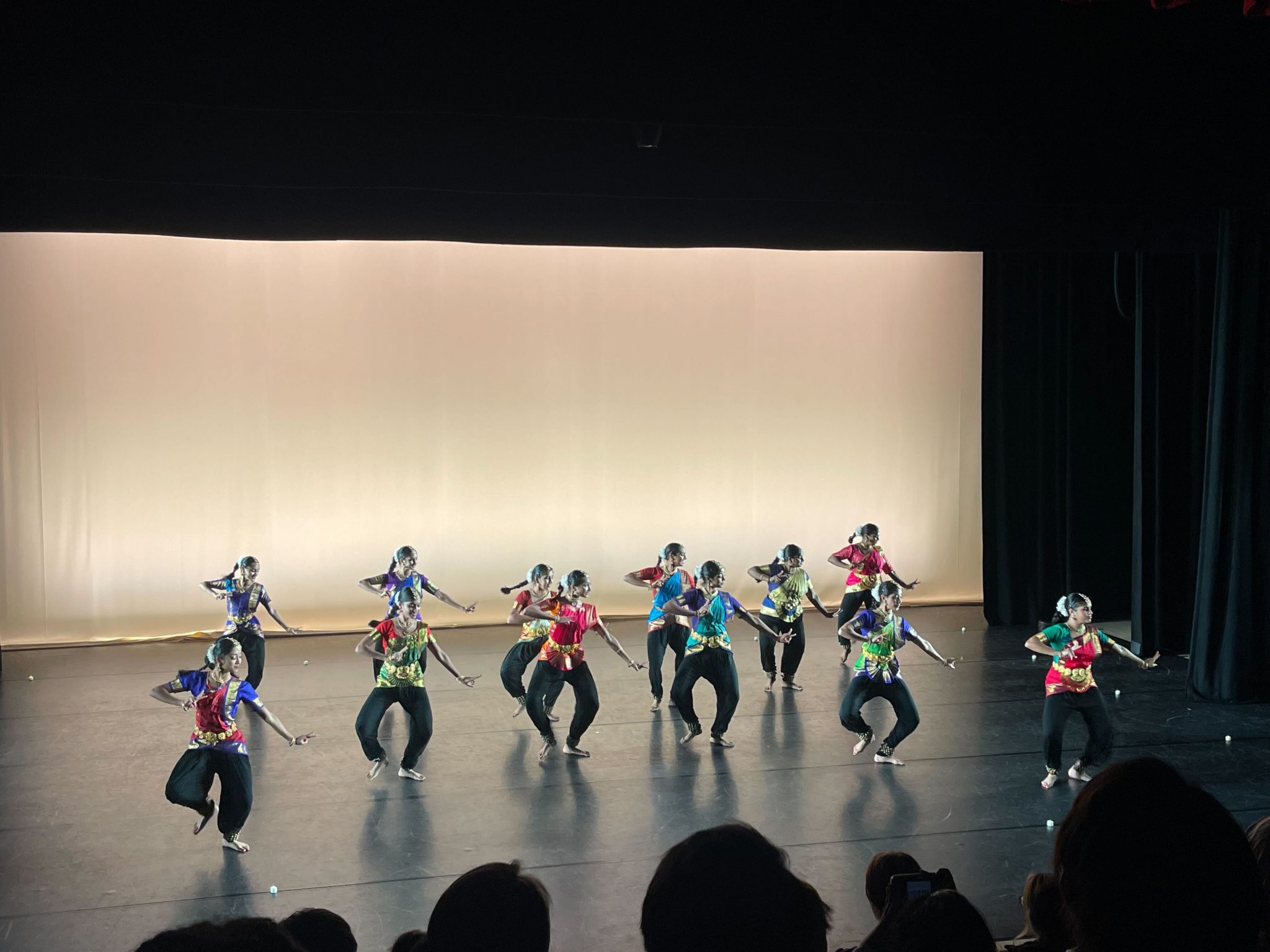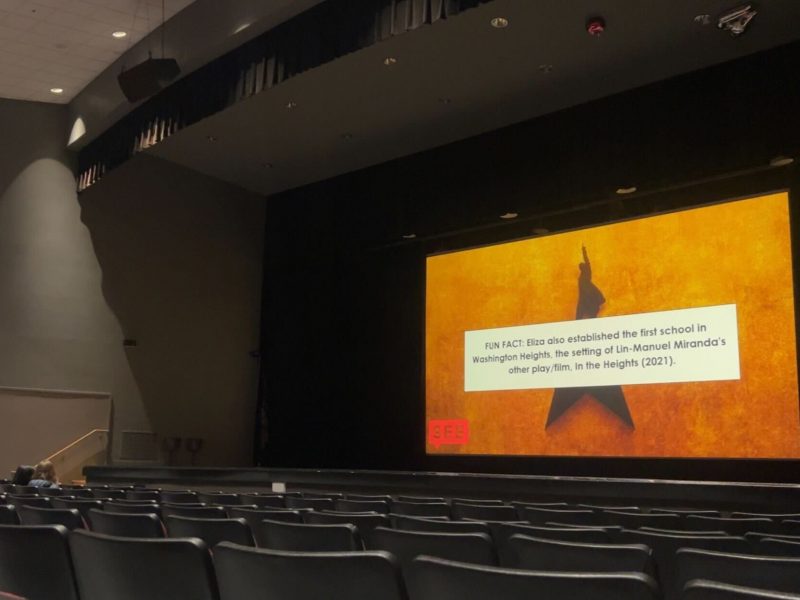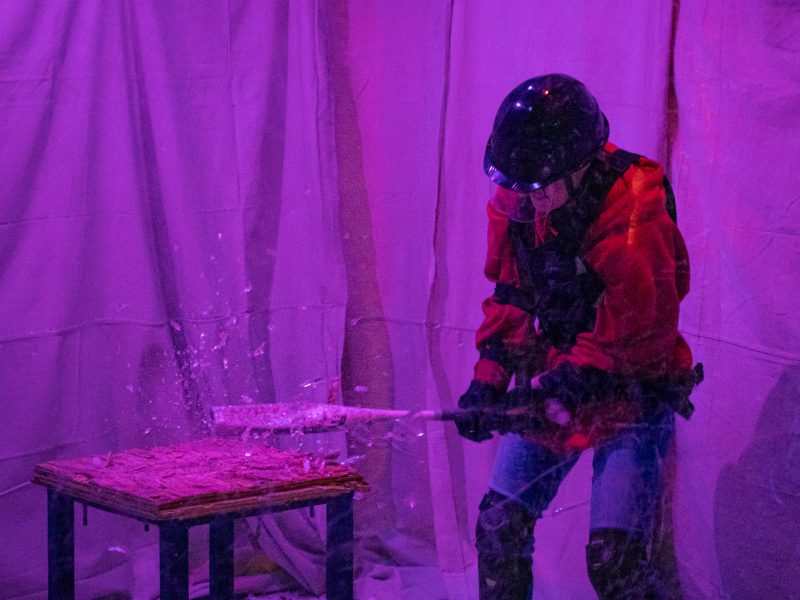For junior environmental science and policy and dance major C Macko, there is a divide within the dance performance community at the University of Maryland.
Some student dance groups, many of which are made up of non-dance majors, may not be aware of all the resources the dance department offers, which include classes and performance opportunities at The Clarice Smith Performing Arts Center such as the Experimental Performance Series and UMoves, according to Macko.
There wasn’t one space where all styles of dance could be showcased, Macko said. In November 2022, Macko, alongside junior dance and government and politics major Emily Adams, founded this university’s Student Dance Association.
The group encourages everyone to participate – including non-dance majors – and serves as a collaborative space where dancers can advocate their needs, Macko said. They offer free classes in different dance styles which are free to members and open to anyone interested.
The Student Dance Association hosted its first showcase, UMDances, Thursday at The Clarice. The performance featured nine student dance groups including Tianyi Dance Company, Forward Motion Dance Company and PrimaDolls as well as individual performers. With a wide variety of genres such as classical Indian, tap and traditional Chinese, the showcase had almost no limitations on what type of dance styles were showcased.
[It’s a podcasting ‘Match Made’ in heaven for UMD Alum]
The concept of UMDances stemmed from performances held by a former dance fraternity on campus, Delta Chi Xi, with a similar goal of emphasizing student choreography in a variety of styles. The fraternity disbanded due to lack of funding, but its legacy lives on.
“We really wanted to make an accessible performance that still gave choreographers and dancers and student groups the facilities to put on a performance with a proper stage, with lighting, wings, backstage access, all of that,” the club’s advocacy chair Beatriz Moreira Leite said.
To enter a piece in UMDances, students were asked to submit an idea for their performance. The dancers shared videos of their dance along with basic information about themselves and the piece, said Adams, who is vice president of the club.
Moreira Leite, a sophomore biological sciences and dance major, worked in the sound booth during the showcase and choreographed her own piece, “Headspace,” for the performance. She combined footage of her practicing and improving, with the final video shown at the performance.
[How WMUC’s record librarian is keeping Zambian rock alive]
“I started also putting in the idea of overthinking things, and constantly repeating things over and over again because it doesn’t feel right,” she said. “Like the endless pursuit of perfection.”
Moreira Leite said she wanted to show the audience what she sees when listening to the music — the starting point of her choreography. As she developed the piece, Moreira Leite began adding the concept of overthinking.
The connections created by allowing dancers of all styles to collaborate is important because many student dance groups specialize in styles that the major is not necessarily focused on, Macko said.
The Student Dance Association plans to host another performance in the spring with a similar application process that encourages diverse dance styles, Macko said.
“Dance is such an important part of our lives, that we want everyone to have a place where they can express themselves,” Moreira Leite said.



